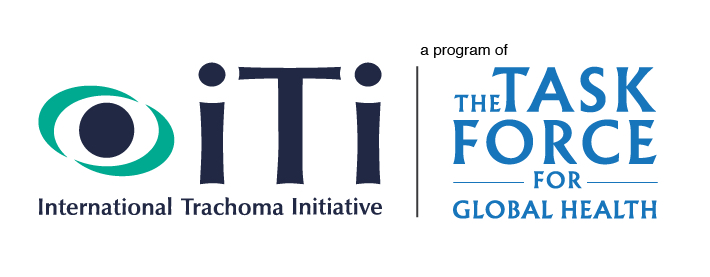After repeated trachoma infections, the inside of a person’s eyelid can become scarred and turn inward, causing the eyelashes to scrape against a person’s eye with each blink. This condition is called trichiasis, and without immediate, corrective surgery, a person with trichiasis will slowly and painfully become blind.
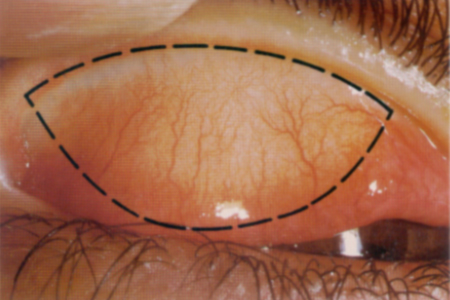
Normal eyelid:
- This is the everted upper eyelid
- Only the central area as shown is examined
- Any signs must be clearly seen to be reported present
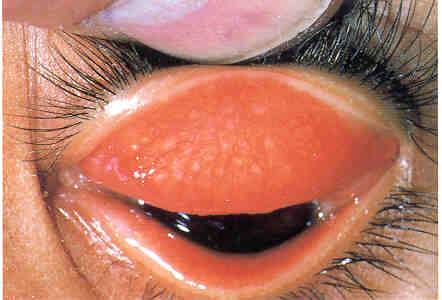
Trachomatous Follicular Inflammation (TF)
- TF is 5 or more follicles in the central part of the upper tarsal conjunctiva
- The follicles are round swellings that are pale compared to the rest of the conjunctiva
- They must be at least 0.5 mm in diameter to be counted
- If they are less than 5 follicles, then this is not TF and should not be graded as TF
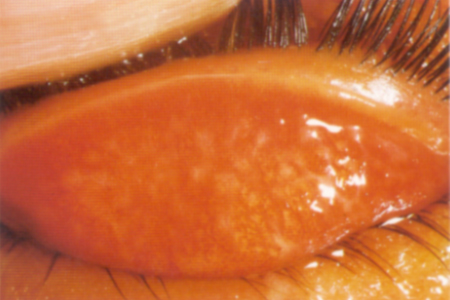
Trachomatous intense Inflammation (TI)
- Active disease is also seen as TI, which stands for trachomatous inflammation intense
- There is pronounced inflammatory swelling of the tarsal conjunctiva so that more than half of the deep, normal tarsal vessels are obscured by the swelling
- TF should also be diagnosed if 5 or more follicles are seen
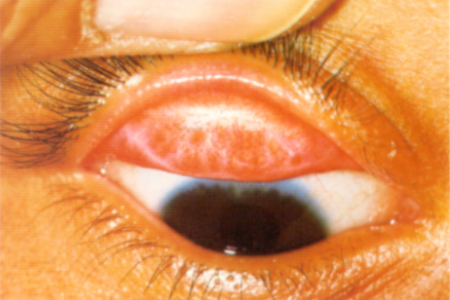
Trachomatous conjunctival scarring (TS)
- Repeated episodes of inflammation results in TS, which stands for trachoma scarring.
- The definition is easily visible white lines, sheets or bands in the tarsal conjunctiva
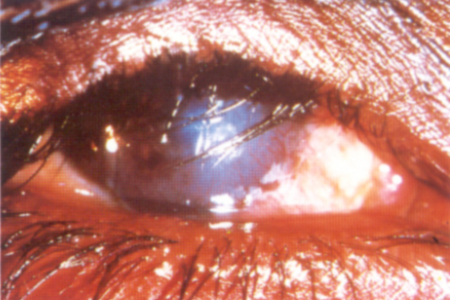
If the TS is severe, it may result in trichiasis, TT.
- At least one eyelash from the upper eyelid touches the eyeball, or evidence of recent epilation of in-turned eyelashes from the upper eyelid.
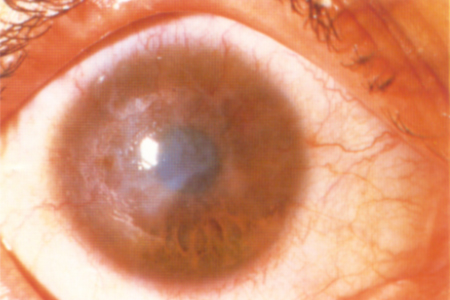
Corneal Opacity (CO):
- If the trichiasis is not treated, it can cause corneal opacity, CO, and loss of vision
